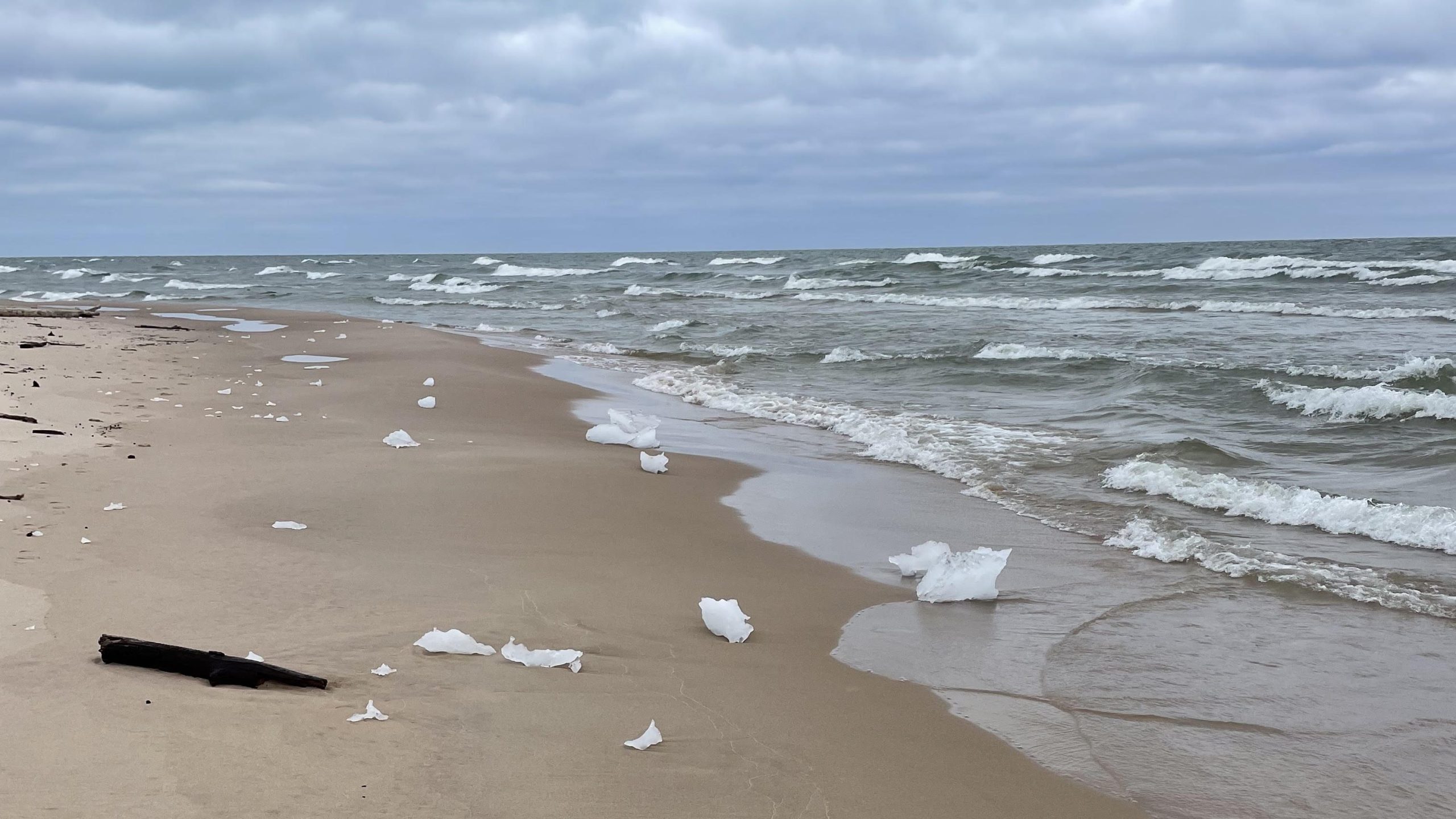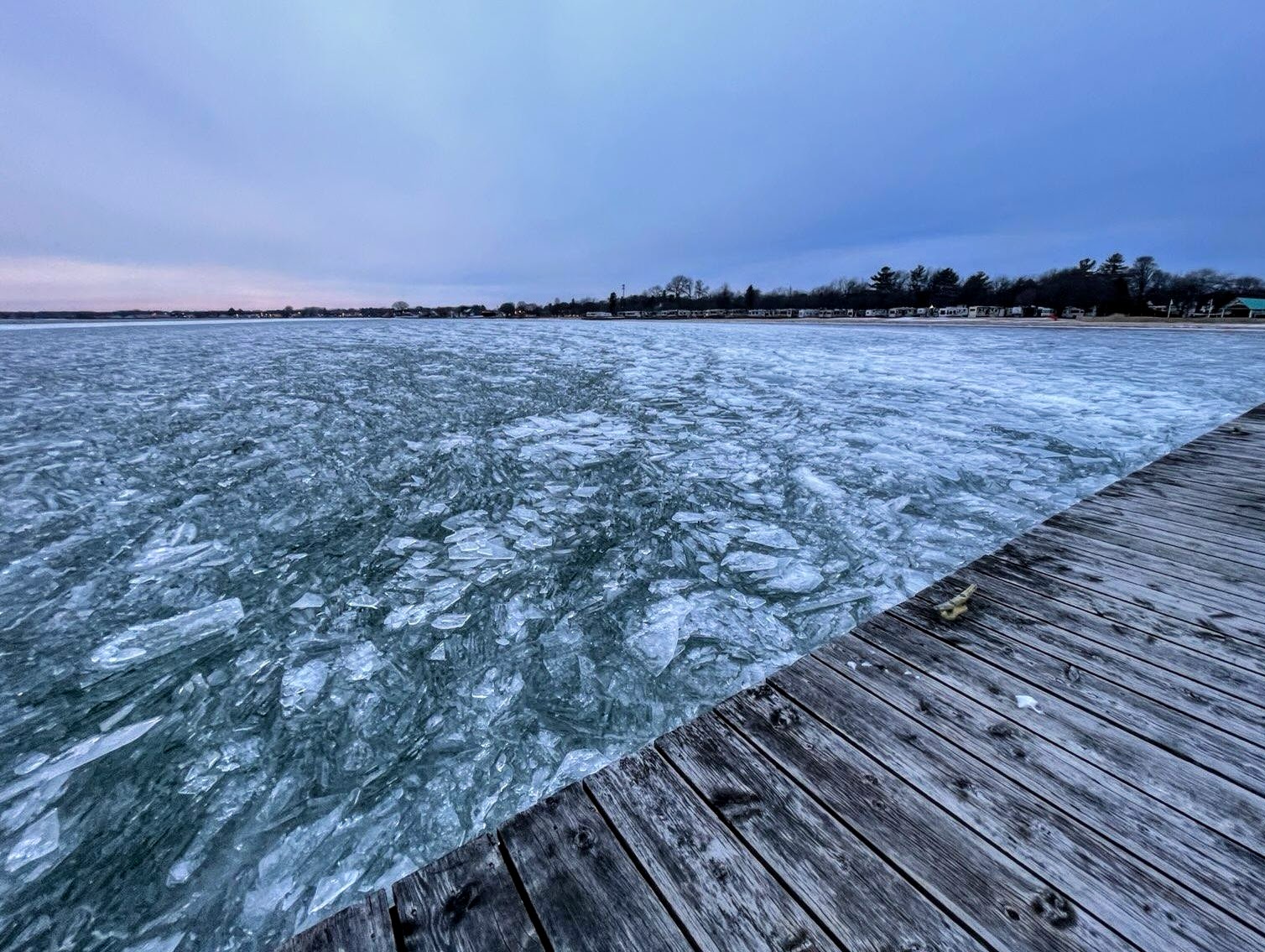Today, NOAA unveiled its new 10-year research roadmap to help the nation’s scientists, resource managers, and coastal communities address acidification of the open ocean, coasts, and Great Lakes. “Ocean acidification puts the United States’ $1 billion shellfish industry and hundreds of thousands of jobs at risk,” said Kenric Osgood, Ph.D., chief of the Marine Ecosystems Division, Office of Science and Technology at NOAA Fisheries Service. “Understanding how ocean acidification will affect marine life and the jobs and communities that depend on it is critical to a healthy ocean and blue economy.” The research plan sets out three major objectives for ocean, coastal, and Great Lakes acidification research, and includes regional chapters for coastal zones around the U.S., Great Lakes, territories – including Puerto Rico and American Samoa – and deep ocean regions.
The three national research objectives are: 1) Expand and advance observing systems and technologies to improve the understanding of and ability to predict acidification trends and processes; 2) Understand the ways acidification is impacting ecologically and economically important species and the ecosystems they live in, and improve our ability to predict how these ecosystems and species may respond to acidification and other stressors; and 3) Identify and engage stakeholders and partners, assess needs, and generate products and tools that support management decisions, adaptation, and resilience to acidification.
Acidification is driven by atmospheric carbon dioxide (CO2) being absorbed by the ocean and Great Lakes. It has caused global-scale changes in ocean and freshwater chemistry that are driving ecological impacts and resulting in social and economic effects. Coastal ocean regions and the Great Lakes are especially impacted by local pollution sources and processes, which can exacerbate acidification. “To date, Great Lakes acidification has received relatively less research attention than ocean acidification. However, Great Lakes acidification has the potential to influence the frequency and intensity of harmful algal blooms as well as disturb lower levels of the food web, which can impact the productivity of recreational and commercial fisheries,” said Deborah Lee, director of the NOAA Great Lakes Environmental Research Laboratory. For the last decade, NOAA has taken a leadership role in supporting and conducting ocean acidification research and monitoring to determine the potential consequences for marine organisms and ecosystems, assess socioeconomic impacts, and support adaptation and management decisions to conserve marine ecosystems.
The 2020-2029 NOAA Ocean, Coastal, and Great Lakes Research Plan charts the agency’s course for expanding our understanding of acidification and its impacts. “Changes in ocean acidification could have significant ramifications on our marine ecosystems and the services they provide. Understanding potential and actual impacts to ecologically, culturally, and economically important resources is critical in our effort to protect sanctuary resources and support local and regional economies,” said Mitchell Tart, division chief for NOAA’s Office of National Marine Sanctuaries. “This 10-year research plan lays out a clear framework for NOAA and its partners to study, understand, and address the changes in and impacts from acidification.” Over the last decade, NOAA has monitored chemistry changes in remote coral reef ecosystems, gained insight into how ocean chemistry has changed over the centuries, and increased understanding of how acidification may impact valuable US fisheries. The new plan builds upon accomplishments made over the last 10 years and responds to emerging questions in ocean, coastal, and Great Lakes acidification science. “We have made much progress over the last 10 years in better understanding ocean and coastal acidification, but we still have many more questions to answer. The gaps in our knowledge at the local level are particularly important because that is where marine resources affect human communities most directly,” said Libby Jewett, Ph.D., director of the NOAA Ocean Acidification Program and coordinating editor of the research plan. “This plan provides a series of regional, national, and international goals which will enable NOAA to make progress over the decade to come.”
The plan highlights the importance of NOAA’s collaborations with international, interagency, and external academic and industry research partners, which have contributed vastly to our collective understanding of acidification. A team of more than 80 NOAA authors and non-NOAA technical contributors crafted the research plan. “NOAA’s Ocean, Coastal, and Great Lakes Acidification Research Plan ushers the agency and its partners into an exciting second decade of research that will foster continued growth in our understanding of acidification and its impacts to communities and economies,” said Emily Osborne, Ph.D., of NOAA’s Ocean Acidification Program, a coordinating editor and lead author of the plan. For additional information on NOAA’s acidification research, please refer to NOAA’s Ocean, Coastal, and Great Lakes Acidification Research Plan (Full Plan or Highlights), the NOAA Ocean Acidification Program website’s plan page, and the Interagency Working Group on Ocean Acidification website.



